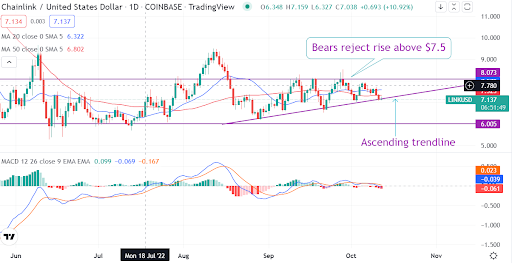您现在的位置是:Can tanks be killed with lasers? Australia wants to find out >>正文
Can tanks be killed with lasers? Australia wants to find out
上海品茶网 - 夜上海最新论坛社区 - 上海千花论坛76人已围观
简介By subscribing, you agree to our Terms of Use and Policies You may unsubscribe at any time.The Austr...
By subscribing, you agree to our Terms of Use and Policies You may unsubscribe at any time.
The Australian Department of Defence has commissioned QinetiQ Australia to develop a high-energy laser powerful enough to knock out armor, such as tanks. QinetiQ is an Australian company that leads the world in high-power laser research and development. Chief Defence Scientist, Professor Tanya Monro AC, said the 12.9 million Australian dollar collaboration demonstrated how Australia's Defense Science and Technology (DSTG) facilitates the rapid transition of science and technology into Defence capability.

“DSTG is partnering with industry to build advanced and competitive Australian sovereign capabilities for our Defence Force in critical technology areas,” Professor Monro said. “The high energy laser manufacturing capability is an example of how we can work with industry to support emerging and disruptive technologies," he added.
See AlsoThis is an ambitious project, as current high-energy laser weapons only have enough punch to knock out relatively fragile drones and other non-armored aerial targets like mortars or missiles. A tank, especially a frontline main battle tank, is a different beast. Designed to withstand high-velocity large chunks of metal, tanks often have several inches or more of armor plating over most of their hulls and turrets. That's before you even talk about advanced armor like explosive reactive or composite armor.
If a laser were to be developed to penetrate that much metal, it would need to be monstrously powerful. But, as Popular Science points out, lasers also need a suite of other gear like cameras and tracking systems to keep a focussed beam of light on target long enough to do the desired damage. They are also incredibly power thirsty. However, Australia is confident it can be done.
“A future program to develop a directed energy weapon system able to be integrated onto [Australian Defence Forces] protected and armored vehicles, capable of defeating armored vehicles up to and including main battle tanks. The eventual deployment of directed energy weapons may also improve land force resilience by reducing the force’s dependence on ammunition stocks and supply lines,” explains the country's future defense strategy.
When using lasers to defeat tank armor, the key is to aim the beam of light at the tank and ensure that the beam is intense and enduring enough to achieve the objective. “One problem [laser weapons face] is the power needed to destroy useful targets such as missiles. To destroy something of this size requires lasers with hundreds of kilowatts or even megawatts of power. And these devices are only around 20% efficient, so we would require five times as much power to run the device itself,” wrote Sean O’Byrne, an engineering professor at UNSW Canberra and UNSW Sydney, in a piece explaining the promise and peril of anti-tank lasers.
“We are well into megawatt territory here — the kind of power consumed by a small town. For this reason, even portable directed energy devices are very large. (It’s only recently that the US has been able to make a relatively small 50kW laser compact enough to fit on an armored vehicle, although devices operating at powers up to 300kW have been developed),” he added.
As we said, an ambitious project indeed.
Tags:
转载:欢迎各位朋友分享到网络,但转载请说明文章出处“上海品茶网 - 夜上海最新论坛社区 - 上海千花论坛”。http://www.jz08.com.cn/news/954387.html
相关文章
Top 3 Metaverse Tokens to buy on November 4, 2021: SAND, MANA, and AXS
Can tanks be killed with lasers? Australia wants to find outThe value of The Sandbox has increased by 7% in the last 24 hours.Axie Infinity’s circulating...
阅读更多
Bitcoin remains bullishdespite dump to $60K, analyst
Can tanks be killed with lasers? Australia wants to find outThe crypto market is seeing widespread sell-offs, with most crypto assets in red.Bitcoin’s dum...
阅读更多
Is it safe to buy Solana now
Can tanks be killed with lasers? Australia wants to find outSolana is up over 15,000% this year and many investors want to buy the coin amid expectations for co...
阅读更多
热门文章
最新文章
Quantum simulation reveals the secrets of superdiffusion
BTC price to hit $98k in November
How quantum dots can revolutionize solar energy
MeFi to integrate stock trading data into the DeFi ecosystem
Filecoin is Flow Blockchain’s new storage collaborator
Industry experts in India agree on the need to regulate crypto